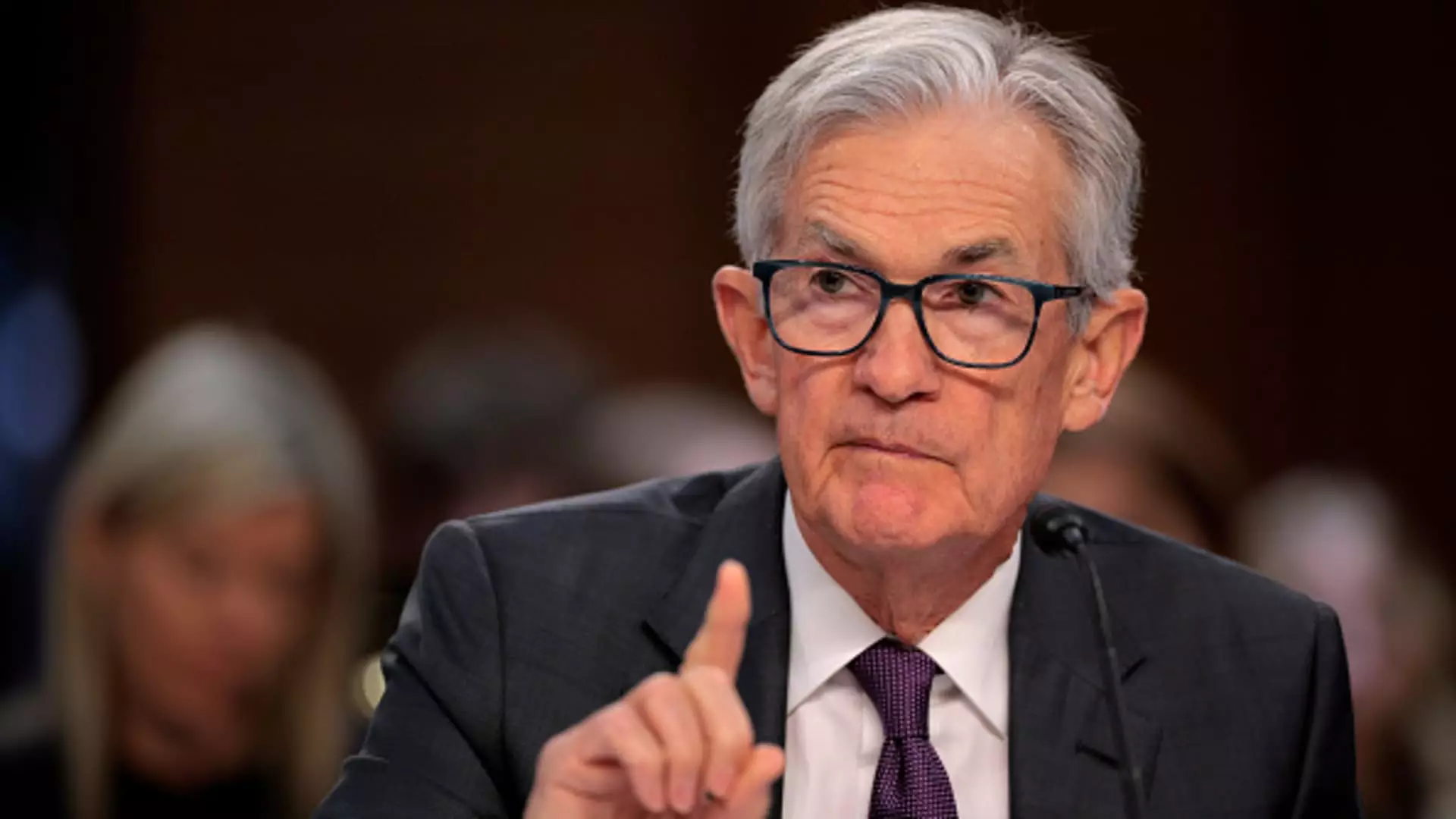The Federal Reserve’s monetary policy decisions play a crucial role in shaping the U.S. economy, and recent meetings have illuminated the complexities policymakers face in a turbulent financial environment. In January, Federal Open Market Committee (FOMC) officials reached a consensus to maintain interest rates after implementing three successive rate cuts. This decision reflects a strategic pause, as the committee aims to monitor economic conditions before committing to any further changes. With rising inflation and uncertainties surrounding President Donald Trump’s tariff policies, a careful evaluation is essential to navigate the economic landscape.
FOMC officials emphasized the need for inflation to decrease significantly before any reductions in interest rates could be justified. This cautious approach underscores their commitment to achieving the dual mandate of maximum employment and price stability. Although recent inflation data has shown some signs of easing, the rate remains above the Fed’s target of 2%. During discussions, members highlighted that prevailing interest rate policies are less restrictive than they were prior to the cuts, suggesting a need for patience to gauge the resulting economic impact.
The meeting minutes indicated that Fed officials are particularly alert to potential shifts in economic policy under the new administration, especially regarding tariffs and trade regulations. The complexities of these changes tie back to inflation expectations; elevated tariffs could potentially lead to price increases for consumers. This scrutiny reflects a broader concern about the trajectory of inflation and the effectiveness of fiscal policy in stabilizing prices.
President Trump’s administration has introduced various tariffs, sparking fears that additional duties could exacerbate inflationary pressures. Proposals for increased tariffs on automobiles, pharmaceuticals, and semiconductors, as mentioned by Trump, could significantly influence supply chain dynamics, further complicating the inflation outlook. Fed officials expressed worries over these potential trade policy changes and their ramifications on consumer prices. Importantly, the FOMC discussed feedback from business contacts who indicated that firms might attempt to shift higher costs arising from tariffs onto consumers, thereby reinforcing inflationary trends.
The FOMC’s assessment of current economic conditions reflects both optimism and caution. While substantial consumer demand suggests positive economic activity, uncertainties surrounding tariffs introduce risks that could skew inflation expectations. Policymakers are aware that if tariffs lead to a sustained rise in prices rather than a one-time increase, the implications for monetary policy could necessitate further rate adjustments.
The mixed signals from various inflation indicators complicate the Fed’s decision-making process. While consumer prices have shown unexpected increases, wholesale prices have exhibited a downturn in expected pressures, indicating a divergence in the inflation narrative. Fed Chair Jerome Powell’s restrained communication regarding tariff impacts demonstrates the delicate balance that must be maintained in monetary policy.
As central bank officials confront an uncertain economic future, the consensus appears to be one of deliberate caution. With most members agreeing on the current robustness of interest rates, there is a willingness to observe how unfolding economic scenarios will shape inflation and employment dynamics. In this context, Trump’s anticipated tax reforms could either mitigate or exacerbate inflation, adding another layer of complexity to the Fed’s evaluative processes.
While the Federal Reserve is navigating a cautious path amid evolving economic conditions, the interplay of tariffs, inflation, and employment highlights the intricate balancing act required of policymakers. The effectiveness of upcoming decisions hinges on the ability to dissect multifactorial influences on inflation and consumer spending. As investors and economists await the next move, a careful analysis of market signals and a proactive stance will be essential for the Fed to maintain economic stability in the face of ongoing uncertainties.

